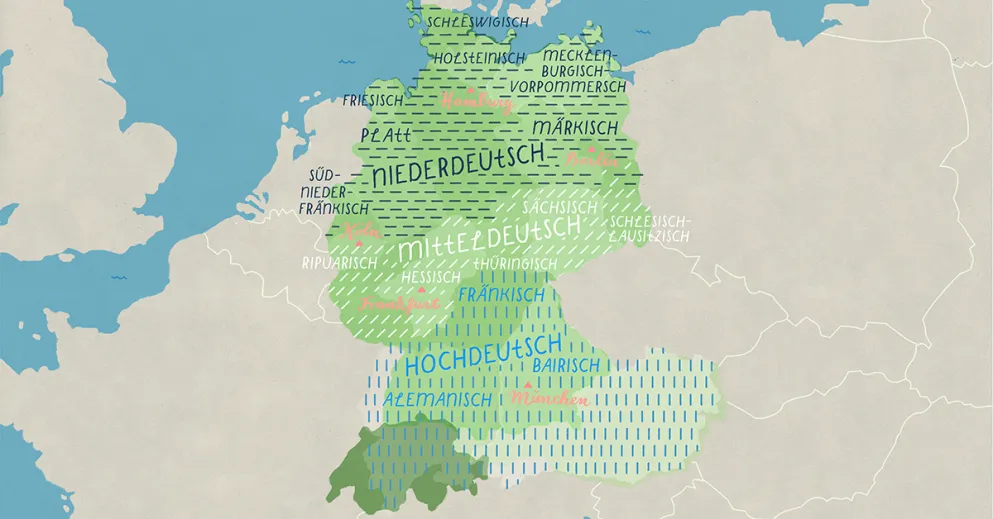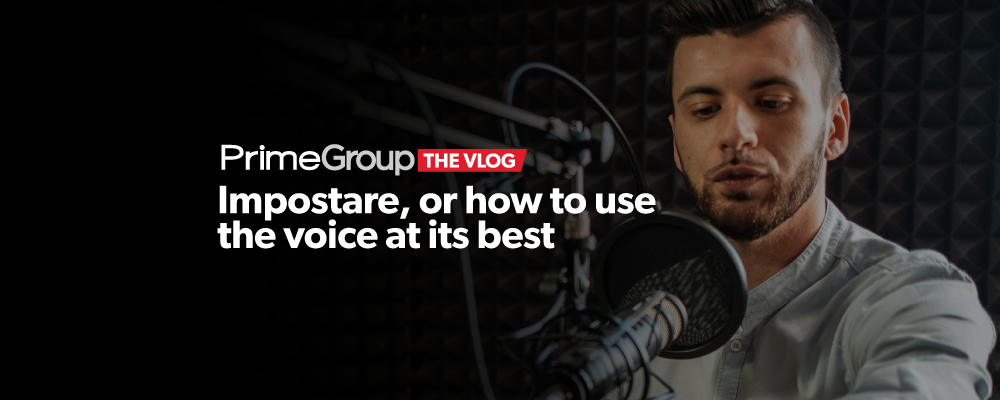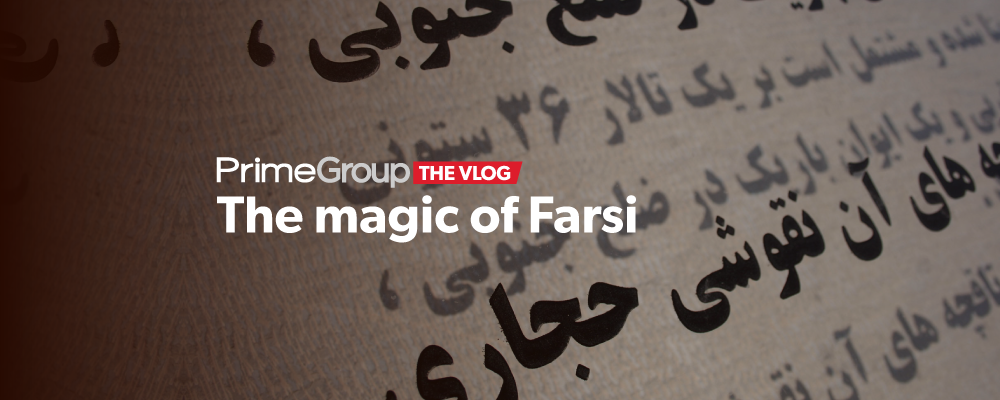German is without a doubt the most important language in Europe due to its history, its extension and its number of speakers. Around 130 million people around the world speak German as their native language. It is the official language of four countries: Germany, Austria, Belgium and Luxembourg and also one of the official languages of Switzerland and Liechtenstein. Maybe you are a German student and you are interested, so it is for you.
Today we are going to look at the most important dialects of German.
German dialects form a rich and diverse linguistic palette that reflects the historical, cultural and geographical complexity of German-speaking regions.
The classification of these dialects can be done in several ways, but they are generally divided into two large groups: the High German dialects (Hochdeutsch) and the Low German dialects (Niederdeutsch or Plattdeutsch). Each of these groups is subdivided into several categories and local dialects, reflecting regional variations. Here is an overview of the main dialects and their characteristics:

High German (Hochdeutsch)
High German not only includes standard German (Hochdeutsch) taught in schools and used in the media and politics, but also a number of regional dialects that have been influenced by the linguistic change known as the second mutation. consonantal. Among these dialects, stand out
Germanic: Spoken in southwestern Germany, Switzerland (Swiss German), and parts of Alsace in France. Germanic is characterized by its unique pronunciation and considerable lexical variations compared to standard German.
Bavarian: Predominant in Bavaria and Austria, Bavarian is subdivided into several local dialects. It is known for its distinctive intonation and vocabulary, which can vary significantly even within the region.
Franconian: It is spoken in the region of Franconia, which is divided between the states of Bavaria, Baden-Württemberg and Thuringia. Franconian displays considerable internal diversity and is famous for its unique phonetic characteristics.
Swabian (Schwäbisch): Located mainly in Baden-Württemberg and parts of Bavaria. Swabian is known for its particular word endings and vowel sounds, which clearly distinguish it from standard German.
Low German (Niederdeutsch or Plattdeutsch)
Low German includes the dialects spoken in northern Germany and some parts of the Netherlands. They did not experience the second consonantal mutation that characterizes High German. Let’s look at these Low German dialects…
Plattdeutsch: Also known as Low Saxon, it is spoken in northern Germany and the eastern Netherlands. Plattdeutsch has its own set of local dialects and shares more similarities with Old English and Frisian than with High German.
Other Regional Dialects
Before German unification in 1870, Germany was a mosaic of states and principalities, which perhaps explains the variety of dialects, such as…
Palatine (Pfälzisch): Spoken in the Palatinate region of Rhineland-Palatinate. It has a pronunciation and vocabulary that differentiates it from standard German.
Saxon (Sächsisch): Predominant in Saxony, this dialect is often the subject of jokes and stereotypes in Germany for its unique phonetic characteristics.
Berliner: The Berlin dialect has its own peculiarities, including the use of the soft “g” and certain idiomatic expressions that distinguish it.
Importance of Dialects
German dialects are not only an expression of cultural and regional identity, but are also a reflection of the linguistic and social history of the areas where they are spoken. Although the use of Standard German is predominant in education, media and government, dialects continue to be a vital part of everyday life in many regions, especially in informal and family contexts.
Over time, there has been a growing appreciation for dialect diversity as a rich cultural heritage, leading to efforts to preserve and promote the use of regional dialects in Germany and other German-speaking areas.



